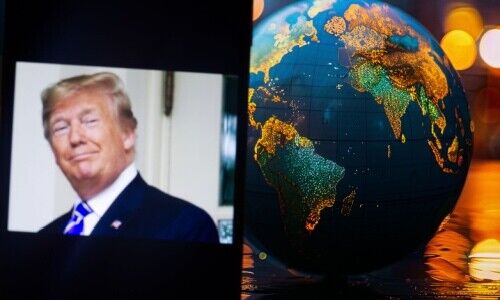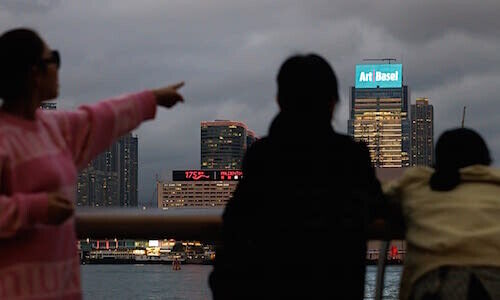Asia’s Reciprocal Tariff Challenge
The region is more vulnerable to Trump 2.0’s measures - and countermeasures - than many might expect.
You can say what you want about US President Donald Trump, but when it comes to trade, he is not leaving any stone unturned, and it could upend many an Asian economy - regardless of whether you are an ally or not.
As finews.asia commented in January, even the most ardent of post-war liberal internationalists probably get that something doesn’t feel quite right as the UN-IMF-World Bank-WTO complex sputters along in exhausted fits and starts.
Rocks and Glass Houses
Now, just less than a month since Trump 2.0 executive-ordered his way back into the world’s consciousness, he is throwing one rock after another into the increasingly frail glass house of post-war international economic and political liberalism.
Many of us entered his second administration thinking tariffs, but now reciprocal tariffs are the flavor of the month, as a recently published graphic by Visual Capitalist shows.
Trade Imbalance
It also seems he has a point that could hurt Asia’s largest economies (excluding China and Japan) - regardless of whether they are allies or not, as they all impose far higher tariffs on US goods than are imposed on them.
Ironically, South Korea, one of its staunchest friends, has the highest tariff gap. It imposes a 13.6 percent tariff on US goods, with America only levying a 1.9 percent surcharge in return. That is closely followed by India, which charges 10.5 percent extra for American products against a 2.7 percent one when the trade goes the other way.
Southeast Asian Riddle
Thailand is up next, charging 4.8 percent extra while the US only charges 1.7 percent. Then we have Malaysia (1.4 percent versus 0.7 percent), the Philippines (3.9 percent and 2.1 percent), and Taiwan (1.6 percent and 0.7 percent).
The second big ironic fact after South Korea is that erstwhile bitter enemy Vietnam has the fairest trade relationship of all the companies mentioned, levying a 3.3 percent charge on American products, with the US putting up the almost equivalent surcharge of 3.1 percent.
Achilles Heel
If nothing else, the numbers stand out like a sore economic Achilles heel, and one does have to question how we got here in the first place.
For much of the Asia Pacific region, the current situation looks like a gift that just kept on giving for perfectly capable sovereign economies experiencing long-term secular growth trends.
Banker Headache
At the end of the day, this is all going to end up being a long-running headache for commercial bankers.
Get set for the larger banks to create tariff control teams – although this time around maybe they can use a bit of AI to make sure it all gets handled without bringing about another Great Depression with a repeat Smooth-Hawley, as finews.asia commented in November after Trump was re-elected.























